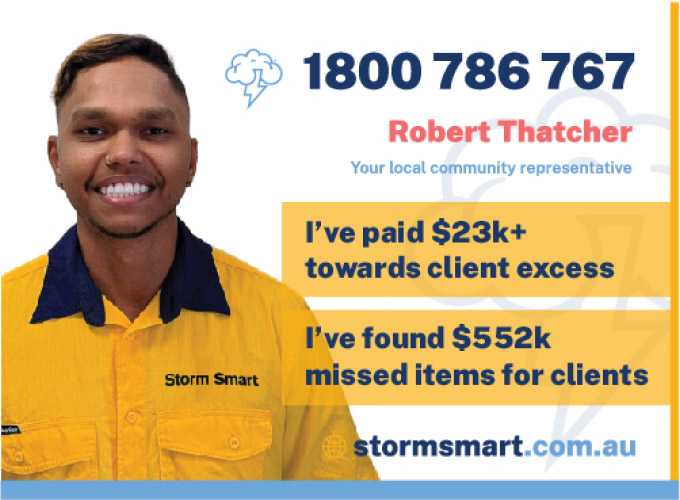
The Small-scale Renewable Energy Scheme is a part of Australia’s Renewable Energy Target (RET), a policy designed to ensure that 33,000 Gigawatt-hour (GWh) of Australia’s electricity comes from renewable sources by 2020.
In January 2011 the Renewable Energy Target was split into two parts:
The Large-scale Renewable Energy Target— this scheme creates a financial incentive to establish and expand renewable power stations such as solar farms, wind farms and hydro-electric power stations and deliver the majority of the 2020 target.
The Small-scale Renewable Energy Scheme — this government rebate creates a financial incentive to install solar panels, wind turbines, hydro systems, solar water heaters and air source heat pumps.
Small-scale Renewable Energy Scheme Explained
The Small-scale Renewable Energy Scheme (SRES) was developed to create a financial incentive for households, small business and community groups to install small-scale renewable energy systems, including solar PV systems of up to 100 kW.
This government solar rebate works by issuing Small-scale Technology Certificates (STCs) to eligible households, a tradable commodity attached to approved installations of renewable energy systems.
Eligibility depends on the size of the PV system, which is identified by installers by the amount of kW (kilowatts) that the system is set to produce each hour in optimal conditions.
The certificates are based on the expected output of a solar system over 15 years, however most systems are expected to have a lifespan of up to 30 years. 1 STC is equal to 1 megawatt-hour (MWh) of renewable energy.
The amount of certificates your new system generates also depends on the location of the installation.
Under the expectation that they will produce more power, systems installed in sunnier locations are eligible to for a larger number of STCs, while less sunny locations create fewer.
More about Small-scale Technology Certificates

Certificates or STCs have a changing value. This is because they are tradable.
STC’s can be described as a form of ‘renewable energy currency’, and can be bought, sold and traded whilst their value fluctuates with supply and demand.
The creation and issuing of the certificates is done through the REC Registry, which is an online trading platform managed by the Clean Energy Regulator.
Basically, when the demand for the certificates is high, the value of the certificates increases. When the demand is low, the certificate value is low.
Presently, solar PV systems up to 100 kilowatts (kW) are eligible for the rebate, and the current price of STCs sits at around $30.
STCs are created based on the expected output of the system, therefore they can be created as soon as the system is installed, and the system does not need to produce any power before the certificates are created.
Subsequently, this provides an up-front discount for those who purchase solar systems for their homes or businesses, as installers usually assume the responsibility for creating the STCs as well as the risks associated with holding onto or selling them.
If you would like to find out if your system is eligible for Small-scale Technology Certificates, please visit the Clean Energy Regulator.
If you would like some information on the previous government solar rebate, check out the Solar Credits Rebate.

